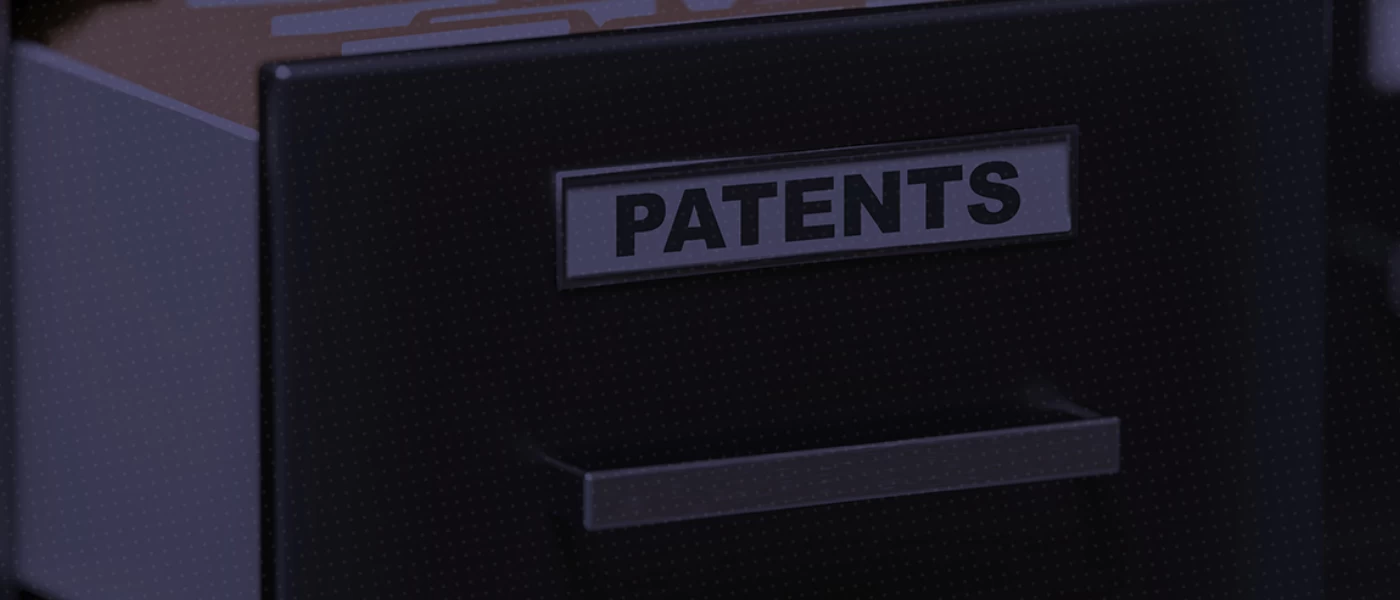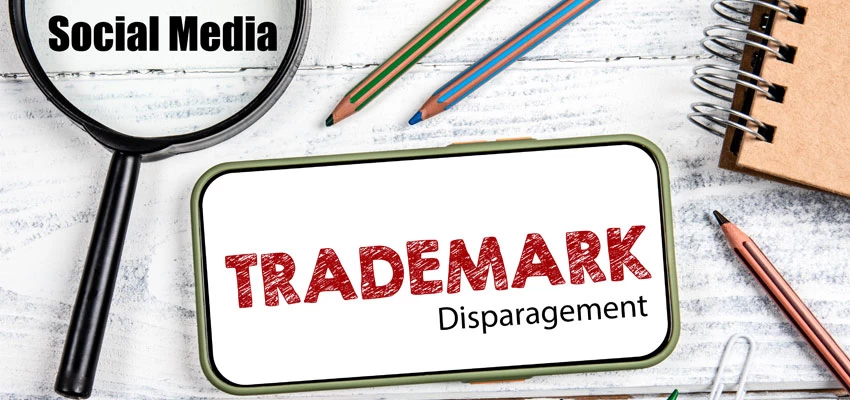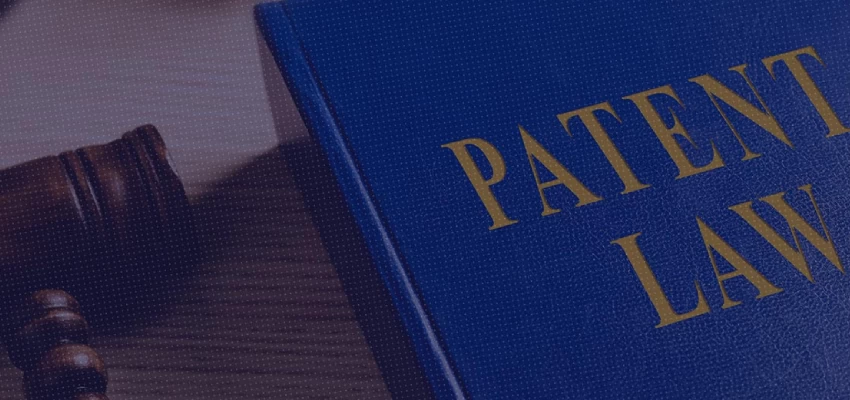Executive summary
The Delhi High Court vide its judgment dated 28 October 2021, while deciding the matters between Novartis Ag & Ors. (‘Plaintiff’) and Natco Pharma Limited (hereinafter ‘Defendant 1’) and three other entities (‘Defendants’) restrained the Defendants from manufacturing, using, importing, selling, and offering for sale of any pharmaceutical composition comprising a combination of Valsartan or a pharmaceutically acceptable salt thereof and Sacubitril or a pharmaceutically acceptable salt and a pharmaceutically acceptable carrier or in any other form which may amount to infringement of Indian Patent No. 229051 of the Plaintiff.
In a detailed judgment, the Single Judge of the Delhi High Court rejected the challenge to the validity of the suit patent raised by the Defendants, as they had failed to establish a credible challenge concerning its validity.
Facts of the case
The Plaintiff holds the suit patent IN 229051 (‘IN’051’), granted on 13 February 2009. The patent term for the said patent expires on 16 January 2023. The granted claim 1 of IN’051 recited:
‘1. A pharmaceutical composition comprising:
- the AT 1-antagonist valsartan or a pharmaceutically acceptable salt thereof and
(ii) N-(3-carhoxy-l-oxopropyl)-(4S)-p-phenylphenylmethyl)-4-amino-2R-methylbutanoic acid ethyl ester or N-(3-carboxy-l-oxopropyl)-(4S)-p-phenylphenylmethyl)-4-amino-2R-methylbutanoic acid or a pharmaceutically acceptable salt thereof and
a pharmaceutically acceptable carrier.’
Subsequently, in 2007, after considerable research with this combination, the Plaintiff filed a PCT national phase Application No. 4412/DELNP/2007 (‘Patent Application No. 4412’), seeking a patent for a supramolecular complex of Valsartan and Sacubitril. The said patent application was opposed by several parties, including Defendant 1 in the instant adjudication. In January 2019, the Plaintiff became aware through a press release that Defendant 1 was launching a combination drug by the name VALSAC, comprising of the combination of Sacubitril and Valsartan as recited in Claim 1 of Patent IN’051. This formed the cause of action for the instant infringement suit filed by the Plaintiff. As against the infringement suit, the Defendants filed a counterclaim, alleging that the suit patent was invalid and liable to be revoked.
Upon the request of the Defendants, a Scientific Advisor was appointed by the Court in the matter under Section 115 of the Patents Act, 1970 (‘Act’) to assist the Court in determining whether Defendant 1's product was encompassed or subsumed by Claim 1 of suit patent. The Scientific Adviser opined that the Defendant’s product is NOT encompassed or subsumed by Claim 1 of the suit patent IN’051. The Plaintiff filed an objection against the report submitted by the Scientific Adviser vide IA No. 5416/2019.
Arguments advanced by the parties
Defendants: The Defendants argued that they did not infringe the suit patent as their product was beyond the scope of the claims of the suit patent as well as its specifications. It comprised a single supramolecular complex of Valsartan and Sacubitril, whereas the suit patent covers only physical/heterogeneous mixture of the two components. The defendants further relied on the Plaintiff’s statements during the prosecution proceedings of Patent Application No. 4412 that the supramolecular complex is not in any way related to the patent IN’051. Lastly, they submitted that the Report of the Scientific Advisor clearly substantiated their arguments.
The defendant further submit that the suit patent is invalid and should be revoked, on account of lack of inventive step, obviousness, non-patentable subject matter, and insufficiency of disclosure under Section 64 of the Act.
Plaintiff: The Plaintiff submitted that the Defendants had infringed the suit patent as IN’051 protects any combination of Valsartan and Sacubitril, without any limitation in terms of the form of such a combination. Hence, the product of Defendant 1 comprising a supramolecular compound of Valsartan and Sacubitril would fall within the ambit of Claim 1 of IN’051, irrespective of the form in which they are present. The Defendants’ product falls within the claim coverage of IN’051, as the supramolecular compound was disclosed in the suit patent. It further contended that Defendants’ reliance on Patent Application No. 4412 is misplaced as two independent patent applications could not be construed in reference to each other. Lastly, the Plaintiff contended that the report of the Scientific Adviser was merely advisory in nature.
On the question of validity of the suit patent, the Plaintiff brought to light that the suit patent had been granted in 2009 and no action for its invalidity or revocation had been taken in the intervening years. Defendants had acted belatedly in the matter, as a way of ‘counter-blast’ against the infringement suit. Therefore, the counterclaim should be discarded.
Decision of the Court
On the interpretation of Claim 1 of suit patent IN’051:
The Court noted that the pivotal issue in this case revolves around the interpretation of Claim 1 of the suit patent. The Court placed reliance on authorities such as F. Hoffman-La Roche & Anr. v. Cipla Ltd.[1] and Merch Sharp and Dohme Corporation & Anr. v. Glenmark Pharmaceuticals[2], to render a decision on claim construction. It noted that to understand the extent of protection granted by a patent, one must look at the claims and laid down guidelines for claim construction:
- The Court must apply the literal rule of interpretation for interpreting claims by employing the ordinary meaning of the words used. Going beyond the plain import of the terms of the claims shall be unjust to the public and an evasion of the law.[3]
- The claims must be construed objectively. Construction is objective in the sense that it is concerned with what a reasonable person to whom the utterance was addressed would have understood the author to be using the words to mean.[4]
- An objective assessment of what is covered in the claim can be done only if the claims are understood ‘on its own terms’, without reference to extracts from the specification.
- The terms of the specification should only be looked at if the ordinary meaning of the claims lead to an ambiguity. This also falls in line with the accepted rules of statutory interpretation, where external aids are looked at to ascertain the true intent and purpose behind the clause, only where literal interpretation leads to a discrepancy.
- Extrinsic evidence, such as patent prosecution history and inventor testimony must be resorted to with extreme caution to ascertain the true intent and meaning of the language employed in the claims, only in cases of doubt as to what a claim means.
- In cases of infringement, the Court must map the claims of the suit patent against the allegedly infringing product. If the claims encompass the said product, there shall be an infringement.
Applying the law laid down to the facts of the instant case, the court ascertained the ordinary meaning imputed to the term ‘comprising’, used in Claim 1. It stated that ‘comprising’ is an open-ended term, implying that where a claim comprises of three elements 'A', 'B' and 'C', it would still be an infringement if someone adds a fourth element 'D'. In the present case, as the Defendants’ product comprised of Valsartan, Sacubitril and a pharmaceutically acceptable carrier, it fell squarely within the plain reading of Claim 1 of the Suit Patent IN’051.
On whether Patent Application No. 4412 filed by the Plaintiff affects the suit patent:
On this point, the Court laid down the following principles:
- If an inventor applies for a later patent that is already objectively included in a prior patent, but which inventor subjectively feels a need for a separate patent application, the subsequent patent application cannot be used to read into terms of prior application, which must be construed on its own terms.
- Any subsequent steps taken by the Plaintiff cannot remove what is patented earlier nor can it include something that was excluded earlier.
- Section 3(d) does not work backwards. Two independent patent claims must not be construed in reference to each other.
In this regard, the Court noted that the Plaintiff filed Patent Application No. 4412 to protect the supra-molecular complex of the compound. The said application does not affect the interpretation Claim 1 of IN’051, which shall be interpretated independently.
On whether the suit patent is invalid:
The Court relied on AstraZeneca AB & Ors. v. P. Kumar & Anr[5] to hold that the challenges raised under Section 64 of the Act are a mixed question of fact and law and cannot be decided at this stage of the proceedings, when the parties are yet to provide their evidence. However, the Court noted that prima facie the Defendants have acted belatedly in filing a suit to challenge the patentability of IN’051.
On whether the findings in the report of the Scientific Advisor is binding on the Court:
The Court stated that the report of the Scientific Advisor is to assist the court or to inquire upon any question of fact as the court may require. Relying on State of H.P. v. Jai Lal & Ors.[6], the Court clarified that the report of an expert is merely of an advisory nature. It further relied on La Renon Health Care Pvt. Ltd. v. Union of India, Ministry of Commerce & Industry and Ors.,[7] to clarify that the report of the expert does not go in evidence automatically, and he is to be examined as a witness in Court and must face cross-examination. The Court held that the Scientific Adviser has wrongly interpreted Claim 1 of IN’051.
Based on the abovementioned, the Court granted an injunction in the favour of the Plaintiff.
Key takeaways
The key takeaways from this Order are:
- Claims must be interpreted as ordinary English sentences without changing their meaning by reference to the language used in the body of the specification. The body of the specification may only be referred where literal interpretation leads to an ambiguity in the claim.
- The term ‘comprising’ is open-ended, which means that if the claim contains three elements' A', 'B', and 'C', it would still be an infringement if someone adds a fourth element 'D'.
- Two independent patent claims from different patent applications must not be construed in reference to each other.
- The interpretation of a claim shall not be affected if the inventor files a subsequent patent application for an improvement of the invention. The subsequent action by an inventor cannot remove what is patented earlier, nor can it include something that was excluded.
- The Report of the Scientific Advisor appointed under Section 115 of the Act is merely advisory in nature.
[The authors are Executive Director and Director in IPR Teams at Lakshmikumaran & Sridharan Attorneys, New Delhi and Chennai, respectively]
- [1] (2016) 65 PTC 1.
- [2] (2015) 63 PTC 257.
- [3] Edward H. Phillips v. AWH Corporation, 415 F. 3d 1303.
- [4] Kirin-Amgen Inc. v. Hoechst Marion Roussel Limited, [2004] UKHL 46.
- [5] 2019 (80) PTC 148 (Del).
- [6] (1999) 7 SCC 280.
- [7] 2019 SCC OnLine Mad 4441, ¶123.











